- David Rogerson
- Read Time: 7 mins
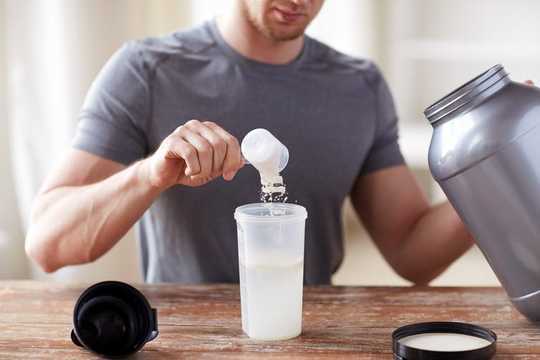
Once only used by bodybuilders, more and more people are using sports supplements as a regular part of their health and fitness regime – and the industry is booming worldwide.

Once only used by bodybuilders, more and more people are using sports supplements as a regular part of their health and fitness regime – and the industry is booming worldwide.

Wearable fitness trackers have less accuracy when used in certain ways.
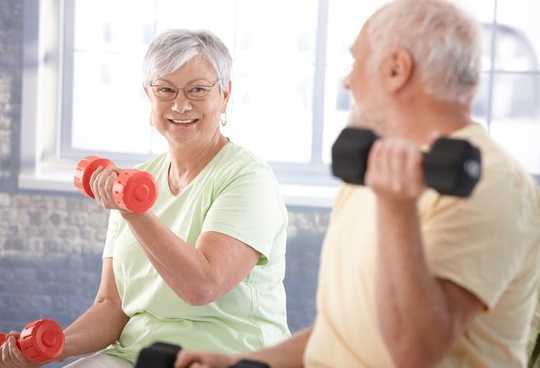
Research shows that the benefits of older people going to exercise groups go beyond self-improvement and provide good value for society,
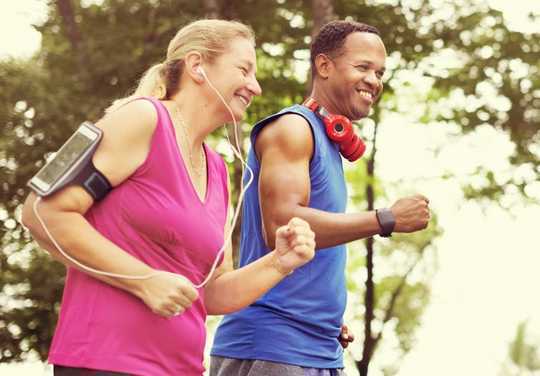
You know physical activity is good for you. But, that isn’t always enough to get or keep you moving.

The rise of wearable fitness trackers has increased the number of people monitoring their heart rate, both throughout the day and during exercise.
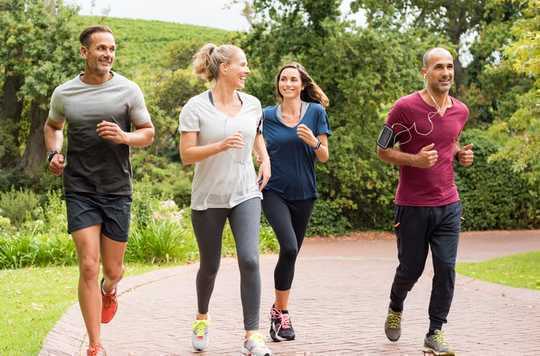
Exercise is not only good for your physical health, it’s good for your mental health, too. Indeed, many people even take up exercise as a way of boosting their mental well-being.
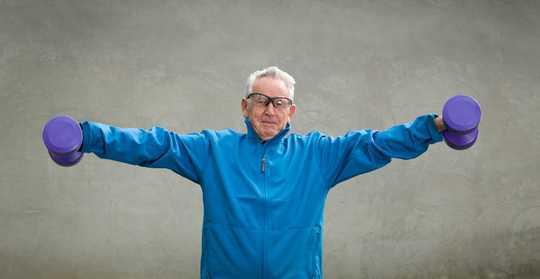
There are a lot of reasons people don’t exercise, and a lot of misconceptions about exercise.

Qigong has helped me understand and connect with myself as an energy being. Different forms of qigong emphasize different qualities, from meditative and healing to medical and martial arts; some incorporate branches of philosophy, such as Confucianism, Taoism, and Buddhism.
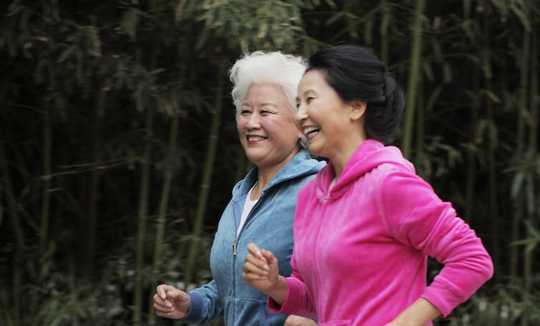
For the first time in human history, older people outnumber younger people. This has created unique health challenges. Dementia may be one of the scariest.
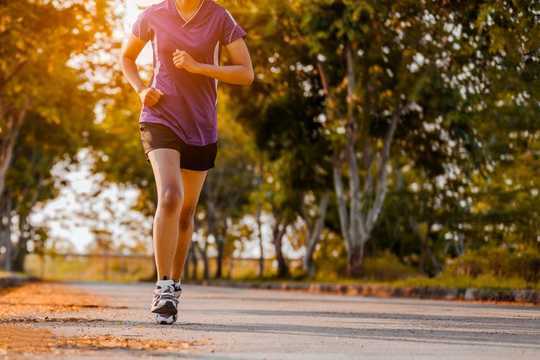
It’s free, requires no equipment and the scenery can be stunning – it’s no wonder running is among the world’s most popular sports.
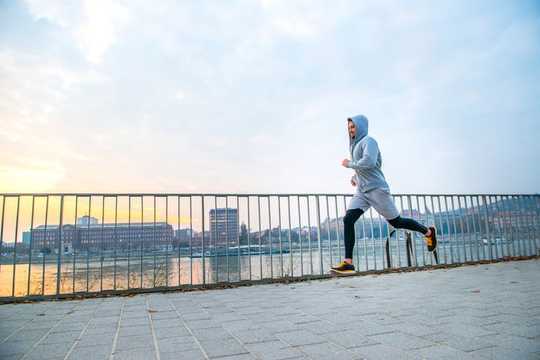
Exercise is recommended for people who are overweight or obese as a way to reduce their risk of developing type 2 diabetes and cardiovascular disease
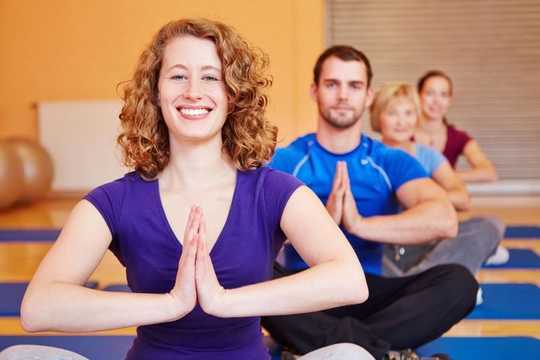
Yoga and breathing exercises improve symptoms of depression and anxiety in the short term and cumulatively in the longer term, new research suggests.
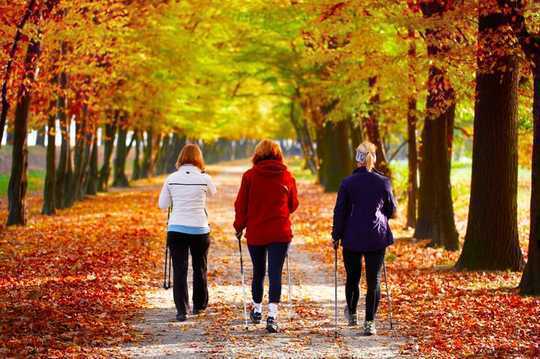
When you hear the word “cancer” probably the last thing that you think of is physical activity.

While the condition is often associated with older adults, rising childhood inactivity and poor fitness levels mean that the risk factors associated with heart disease are more common among teenagers than most people think.
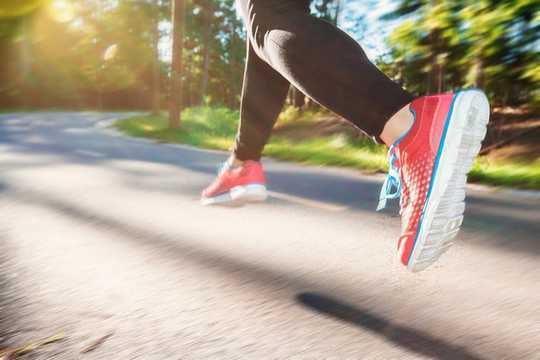
Millions of people around the world, including nearly 60% of Americans, Australians and Europeans, participate in sports.
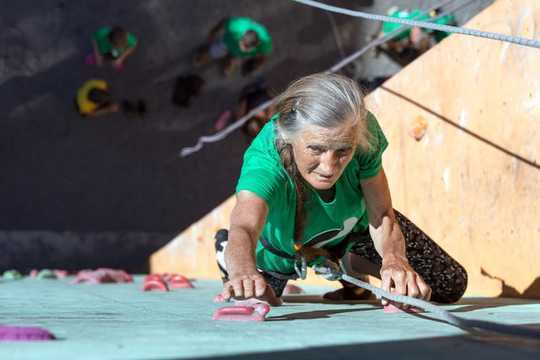
Ageing is inevitable and is influenced by many things – but keeping active can slow ageing and increase life expectancy.

Perhaps your GP has recommended you exercise more, or you’ve had a recent health scare. Maybe your family’s been nagging you to get off the couch or you’ve decided yourself that it’s time to lose some weight.

As a society, we aren’t getting as much exercise as we should. In fact, current activity guidelines state that adults should get at least 150 minutes of moderately intense activity – or 75 minutes of vigorous activity – every week.

We know walking more and increasing our levels of exercise are good for our health. But how can we walk more in our busy lives?
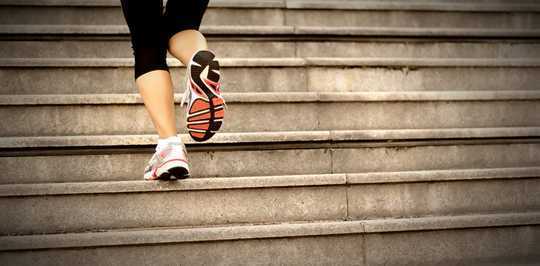
Physical inactivity is a global health problem. But despite overwhelming evidence that regular exercise is highly beneficial, the challenge of encouraging people to be more active remains.
Page 6 of 13

